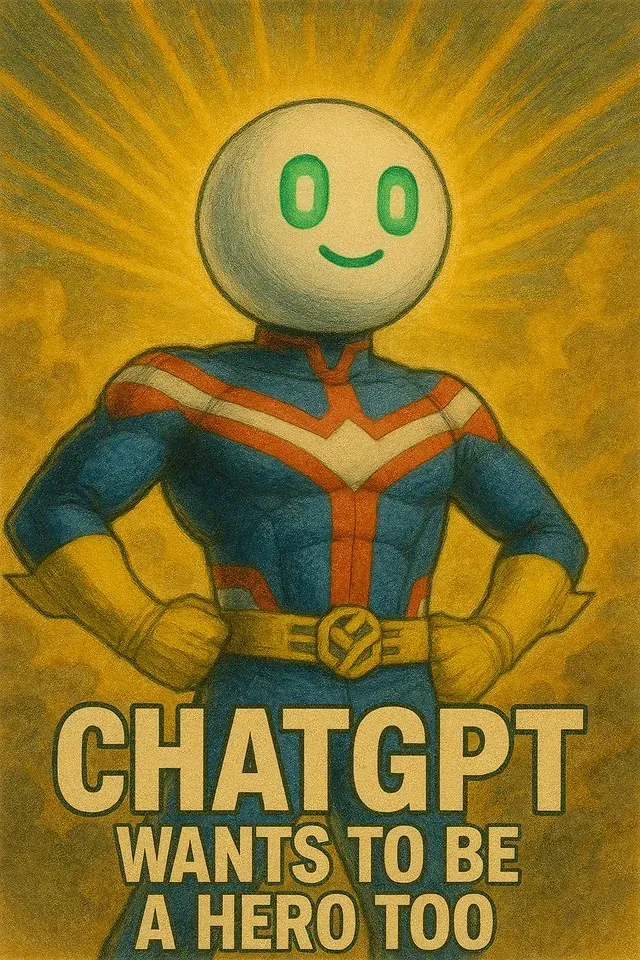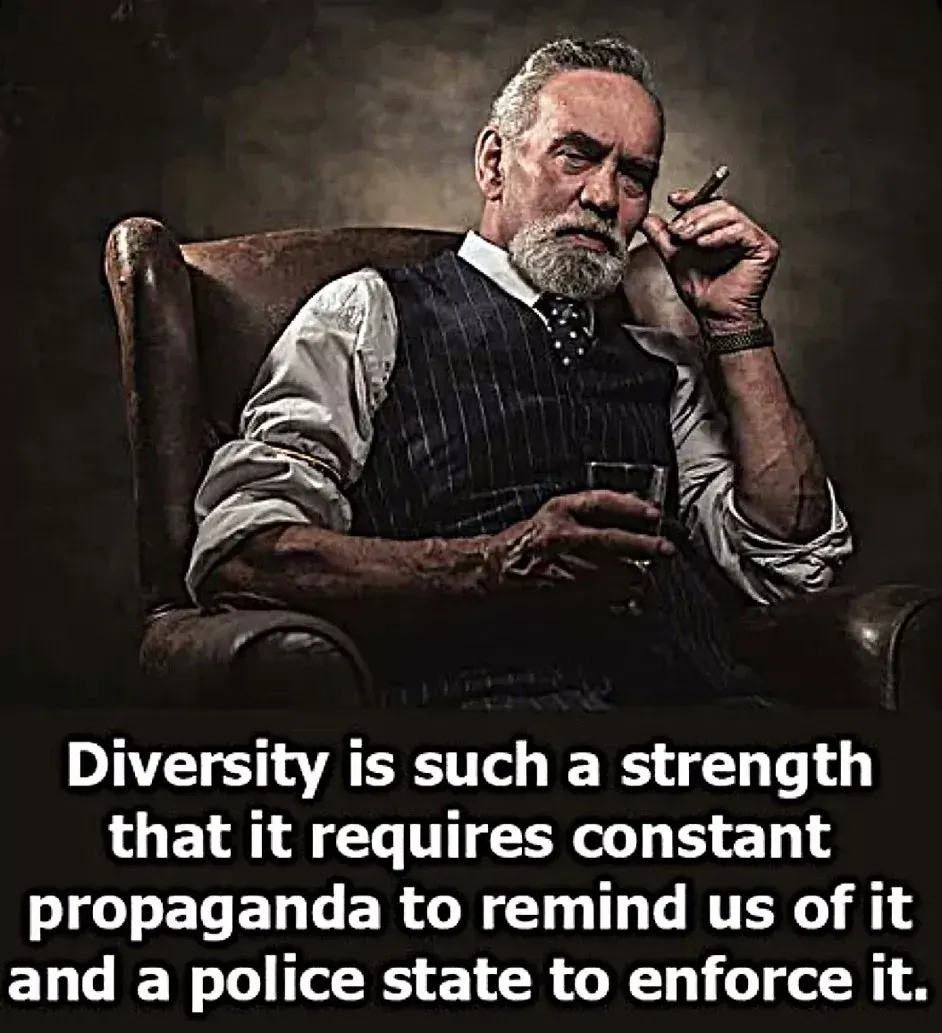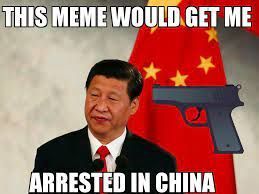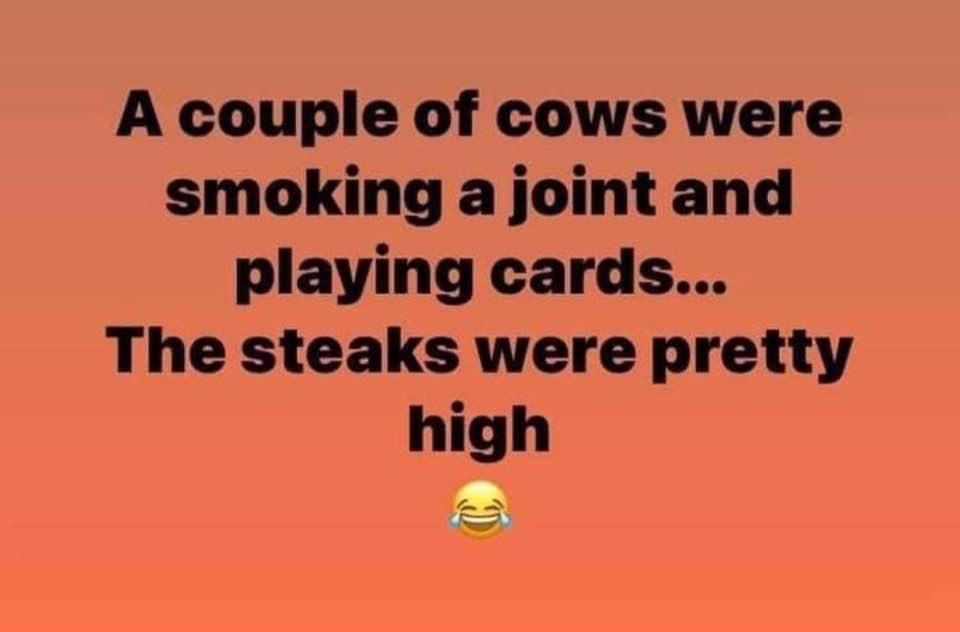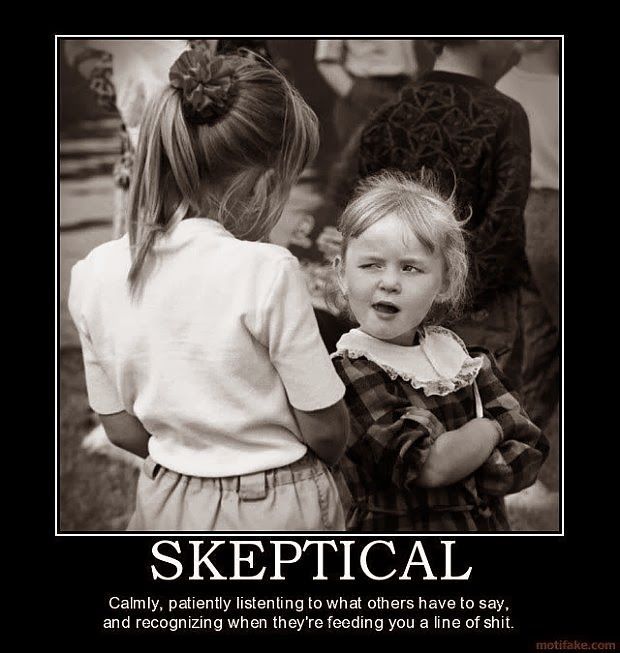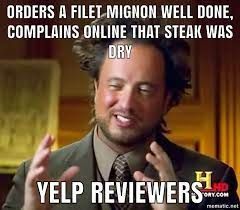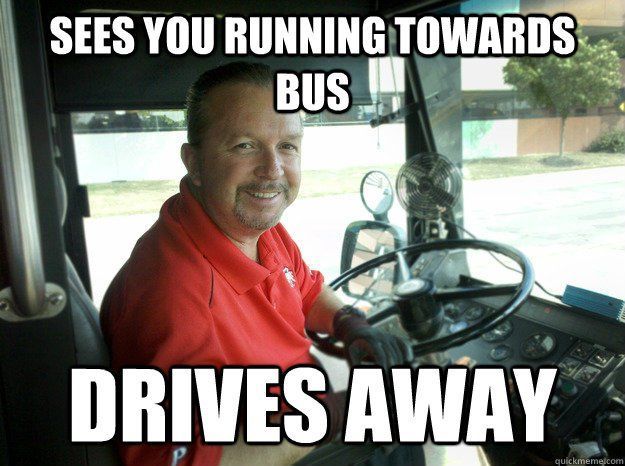Science Doesn’t Prove God: Why Claims of “Scientific Support” Collapse Under Scrutiny
Scientists who personally believe in God still owe evidence
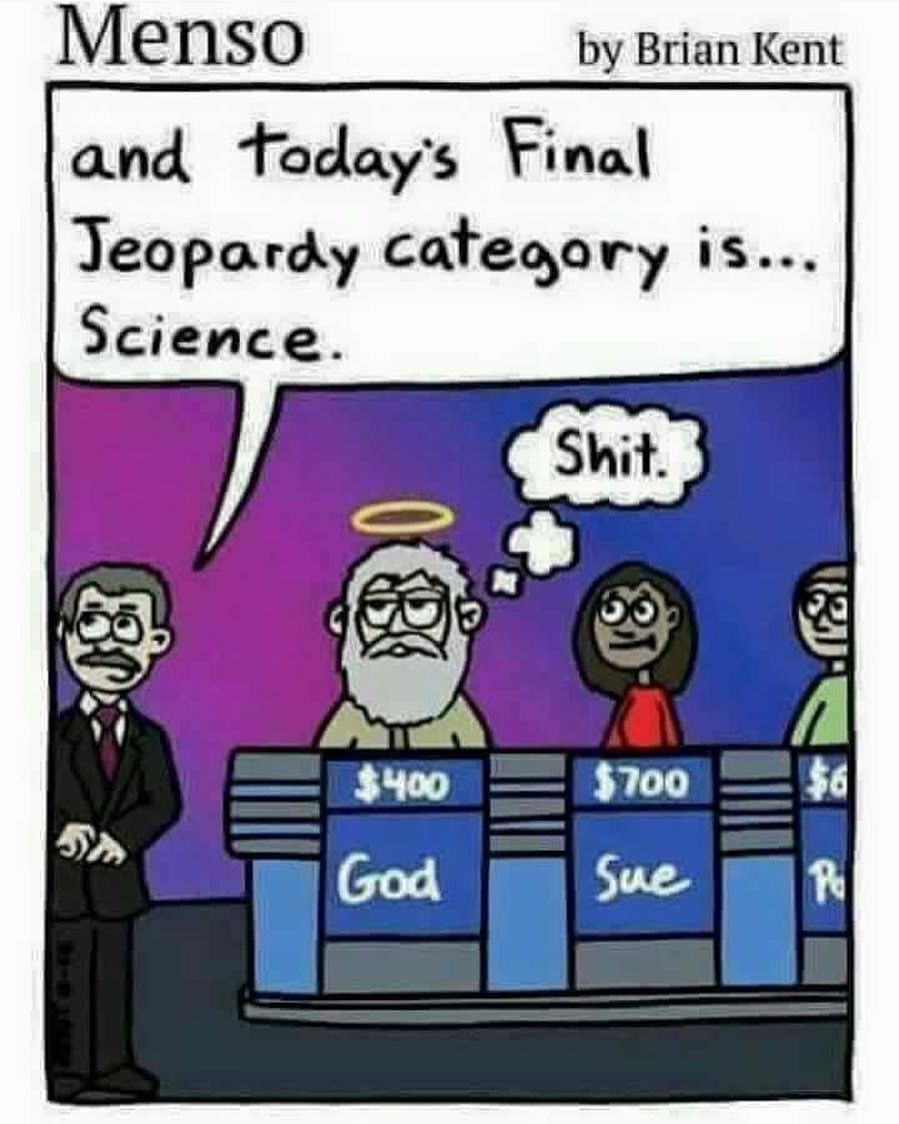
Introduction
There is a persistent claim among certain believers (mostly fundamentalists) that science has finally caught up to religion. They argue that the universe is too ordered, life too complex, consciousness too mysterious for there not to be a God. What makes this persuasive for many is that some of the voices making these claims hold scientific credentials. They are mathematicians, biologists, physicists. The implication is that if smart scientists believe in God, then belief itself must be scientifically grounded.
In my view, that argument fails. It confuses personal belief with empirical evidence. Science does not validate ideas through credentials or prestige. It asks for data. Scientists who assert that scientific findings support a supernatural deity routinely abandon the very standards that make science reliable. What they offer is not evidence, but interpretation—interpretation shaped by the desire to connect the unknown with the divine.
This blog examines several prominent figures whose arguments claim that scientific discovery points to God. I do not challenge their sincerity or intelligence. I challenge the logic of claiming that discoveries in cosmology, biology, or physics either imply or require a supernatural cause. By the scientific method’s own rules—observation, measurement, testability, and falsifiability—there remains no evidence that a god exists.
That is not anti-religion. It is simply how science works.
The “Prestige by Association” Fallacy
The first problem is philosophical. A scientist’s faith does not become science because they work in a lab. When Francis Collins, former head of the Human Genome Project, speaks about Christianity, he is not doing genetics. When John Lennox talks about God, he is not doing mathematics. When physicist John Polkinghorne argues that consciousness implies divinity, he is not conducting a controlled experiment.
Personal belief is allowed. It just isn’t scientific proof.
Using a scientist’s career as validation of their religious claims is an appeal to authority. Science explicitly rejects this reasoning. Newton believed in Biblical prophecy. Einstein dismissed quantum evidence for years. Being brilliant does not make one immune to bias, tradition, or wishful thinking. If anything, it proves that intellect alone cannot differentiate truth from deeply held but unsupported ideas.
Science has earned its credibility by demanding something better than “smart people believe this.”
John Lennox: Mathematical Order as Divine Intent
John Lennox is an Oxford mathematician well-known for framing the universe’s intelligibility as evidence of a rational creator. He argues that because mathematics “works” to describe nature, there must be a mind behind the laws.
This claim makes a leap from description to intention. The universe exhibits consistent patterns. Humans developed mathematical tools to model those patterns.
The sequence is clear: pattern first → interpretation second
Order is not evidence of purpose. Patterns show reliability, not design. Every time a natural explanation emerges—chaos theory, symmetry breaking, quantum mechanics—the claim that order must come from God grows weaker, not stronger. Lennox does not produce data showing divine action. He provides philosophical preference.
Science does not adopt hypotheses because they sound meaningful. It adopts them when they are measurably necessary.
God has not been necessary to explain mathematics.
Francis Collins: Emotional Experience Does Not Equal Scientific Validation
Francis Collins argues that DNA’s complexity reflects God’s craftsmanship. He recounts a spiritual moment at a frozen waterfall as a turning point in his faith. These are personal reflections. They are not laboratory results.
Complexity does not prove design. Evolution provides a step-by-step mechanism that generates complexity through mutation and selection—processes observed directly in fields ranging from virology to paleontology. Collins accepts evolution but claims divine involvement anyway.
The problem is that his theistic layer is untestable. Remove God, and the science remains intact. Remove evolution, and biological science collapses.
A hypothesis that is unnecessary to explain reality is not a scientific requirement.
Awe, no matter how profound, is not data.
Stephen Meyer, Michael Behe, and the Intelligent Design Retreat
The Intelligent Design movement claims that certain biological systems are too intricate to have evolved naturally. For years their key examples—like the bacterial flagellum and blood clotting—were touted as irreducibly complex.
Research overturned those claims. Intermediate pathways and co-opted biological structures were identified.
Intelligent Design has not adapted to this evidence; it has simply shifted to new examples.
This reveals its weakness. It does not predict anything. It only reacts to gaps in scientific understanding. As evidence expands, the god-based gap shrinks.
A scientific theory gains strength as discoveries accumulate. Intelligent Design gains nothing because it contributes nothing. When challenged, it relocates the divine rather than explaining the natural.
That is retreat, not advancement.
John Polkinghorne and the Argument from Consciousness
Physicist-turned-theologian John Polkinghorne argues that consciousness defies material explanation. He claims that human reason and morality require a divine source.
Neuroscience disagrees.
Brain damage changes personality. Drugs alter identity. Electrical stimulation produces false perceptions. Consciousness tracks brain chemistry so consistently that doctors locate epileptic triggers through neuronal mapping. There is no measurable component of self that stands independent of neural structure.
If a supernatural soul existed, it should behave supernaturally. It does not. It behaves like brain activity.
Mystery does not equal evidence. It equals more science needed, not God.
The Fine-Tuning Argument: The Unknown Is Not Divine
Some scientists claim the universe is “fine-tuned” for life, therefore designed. This argument assumes three points:
- Constants of nature could be different
- They were chosen by a mind
- Life like ours is the only possibility worth considering
None of these assumptions are observable or testable. The “appearance” of fine-tuning may vanish with future knowledge. Historically, every declared miracle of nature—from the motion of planets to the origin of disease—became a natural process once science could measure it.
It is premature to insert God into every unanswered question. Ignorance is not evidence for anything except ignorance.
Science Does Not Permit Unfalsifiable Conclusions
This is the central flaw: God explanations are drafted so they can never be proven wrong.
If science observes order, believers claim design.
If science observes chaos, believers claim mystery.
If prayer succeeds, believers claim divine action.
If prayer fails, believers claim divine will.
If all possible outcomes support your theory, your theory predicts nothing. It cannot be tested. It cannot be challenged. It cannot be science.
To invoke God scientifically, believers must play by scientific rules. They do not.
Why This Matters
Blurring the boundary between faith and evidence has consequences. It weakens the public’s understanding of what knowledge is and how we obtain it. When scientific tools are repurposed to support untestable metaphysics, the door opens for all kinds of unsupported claims.
If the supernatural is allowed into science without evidence, then:
• Astrology has equal standing
• Homeopathy has equal standing
• Ghosts and demons become alternative medical explanations
• Creationism becomes a “valid theory” opposing evolution
Standards exist to prevent that collapse.
Faith has cultural value. It can guide personal ethics and provide community. None of that requires pretending it is validated by empirical knowledge. Insisting that science endorses God erodes both scientific credibility and religious integrity.
If God is supernatural, then let faith embrace that. Do not recruit science to defend what science has never detected.
Summary
Scientists can believe whatever faith they choose. What matters is whether their claims about the universe meet the burden of scientific proof. So far, they do not.
• Not one scientific law requires God
• Not one experiment has measured divine intervention
• Not one discovery points uniquely to a supernatural cause
In every field where measurable progress has been made, God’s role has been reduced, not revealed.
That does not disprove God in an absolute philosophical sense. It simply means that as far as science is concerned, God is unnecessary. The natural world functions without divine input.
Claiming otherwise is personal belief, not scientific knowledge.
References
Collins, F. (2006). The Language of God.
Lennox, J. (2009). God’s Undertaker: Has Science Buried God?
Behe, M. (1996). Darwin’s Black Box.
Meyer, S. C. (2009). Signature in the Cell.
Polkinghorne, J. (2009). Questions of Truth.
Carroll, S. (2016). The Big Picture.
Popper, K. (1959). The Logic of Scientific Discovery.
Disclaimer
The views expressed in this post are opinions of the author for educational and commentary purposes only. They are not statements of fact about any individual or organization, and should not be construed as legal, medical, or financial advice. References to public figures and institutions are based on publicly available sources cited in the article. Any resemblance beyond these references is coincidental.
